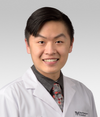Microbiologists: A Day in the Life
Our "Day in the Life" series increases your knowledge about what career paths are available, and what a typical workday entails for these professionals!

Authors: Jessica Fitzgerald SM(ASCP) & Wanda Polanco MLS(ASCP)
Editor: Justin Shiau, PharmD
Editor's Note: Hey all! 👋🏼 I know this is a bit of a different take on our "A Day in the Life" articles (as all our previous ones have been pharmacy-focused). Today's ADITL will provide insights into what life is like for a microbiologist!
I actually spent the month of July this past year at Northwestern Memorial's micro lab shadowing and experiencing day-to-day workflow. I was in absolute awe just by the sheer size of the lab and how dedicated each microbiologist was to their craft. Everyone was incredibly welcoming and always excited to talk more about their work. I'm so grateful for my experiences there as it really broadened my perspective as a pharmacist in infectious diseases. To my friends at the Northwestern Memorial micro lab (and to all microbiologists), thank you so much for showing me the inside scoop of microbiology!
Alright, I've spoken enough so without further ado, I am honored to introduce two of Northwestern Memorial's amazing microbiologists Jessica Fitzgerald and Wanda Polanco!
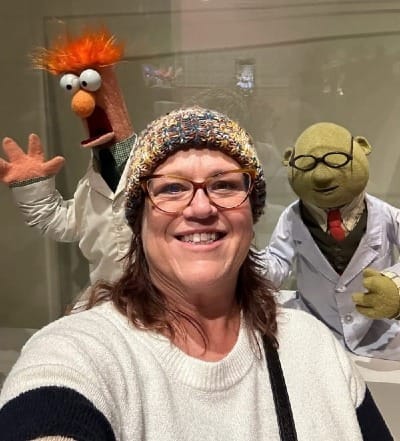
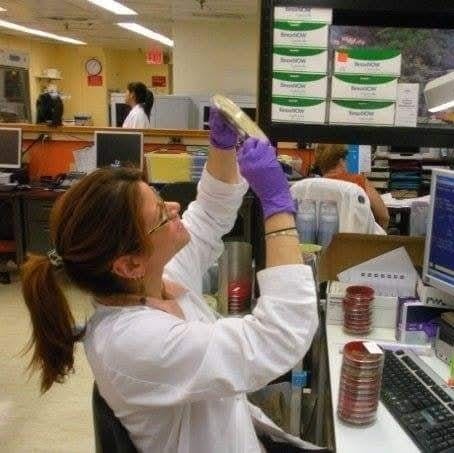
Questions #1 - 12 cover topics related to a day in the life of a microbiologist.
Jessica: My name is Jessica Fitzgerald. I have been a microbiologist for over 33 years now. I have worked in 3 different microbiology labs throughout my career. I went to school at Western Illinois University where I received my first degree of a BS in Biology with a microbiology major. Then I attended Rush University in their Medical Technology program and received a BS in Medical Technology. I then took my Medical Technologist certification test to be able to work in the lab. My first job in the field was in the Microbiology lab at Rush Hospital as a student worker on the second shift. After graduation and passing my certification test, I took a first shift job at Mt. Sinai hospital’s Microbiology lab. I worked there as a senior technologist overseeing the Mycobacteriology lab. I worked there for seven years and then took at technologist job here at Northwestern (originally in the Virology lab which eventually merged with the Microbiology lab) and have worked here for 26 years. I am also an elected officer for the Illinois Society for Microbiology and have served on that board for 15 years.
Wanda: I went to school in Puerto Rico (University of Puerto Rico) where I obtained a Bachelor’s degree in Microbiology. A week after graduation I flew to New York City where I worked as a research lab assistant in the Neurological Institute at Columbia University. While working in research I started shadowing in the Microbiology laboratory at New York Presbyterian hospital, where I was offered a job as a Medical Technologist. In the 7.5 years that I worked in New York I was blessed to rotate through different specialty sections of the lab. I worked in the Virology, Mycology, Molecular Diagnostics and Epidemiology labs. Having this opportunity opened my eyes to all the different areas that are associated with infectious diseases and infection prevention. In 2010 I decided to move to Chicago and I had the amazing opportunity to work at the Children’s hospital (currently Lurie Children’s). Working at Lurie's was such a beautiful and wonderful experience due to the patient population. In 2019, I decided to broaden my professional horizons and apply to Northwestern Memorial hospital where I have been working as a Pathology medical technologist in the Molecular Epidemiology Laboratory.
Jessica: You need to pass a certification test to be able to perform multicomplex testing in a medical laboratory. There are many organizations that hold these credentials. It gets kind of complicated but I received my certification from the American Society for Clinical Pathologists (ASCP) but there is a CLS (Clinical Laboratory Scientists) and a MLS (medical laboratory scientist). I took another test after years of experience to become a Specialist of Microbiology so now my signature can contain SM(ASCP) after. Typically, it is a 4-year program to become an MT(ASCP), and you study 3 years taking classes and then 1 year of rotation throughout all the labs.
Wanda: To become a Microbiologist you need a certification called ASCP (American Society for Clinical Pathologist). In my case, I have been keeping the New York City certification. Here in the states different colleges offer a Masters in medical laboratory science.
Jessica: I fell in love with biology the first time I ever dissected something in 7th grade. It was an earthworm and I was just enthralled by what the inside looked like. I found medical technology as a career at a jobs fair my high school put on for looking at going to college. I always knew I wanted to work in health care and it is just in my nature to help people. Medical Technology was the perfect fit for me because I could help save lives, but not actually ever see a patient. I don’t think I have the wherewithal to watch a patient suffer or be in pain. I like being behind the scenes.
Wanda: I have to admit that when I was in college, I had such a great and wonderful Microbiology professor. They way she taught and how supportive she was really ignited an interest in pursuing a career as a Microbiologist.
Jessica: Well, for one we are incredibly busy. I am always astonished how many specimens we get a day for bacterial/viral infections. It is a fast-paced job. You are making decisions all day long. It is not really a challenge for me; however, some may find the ‘ickyness’ of Microbiology a challenge. Bacteria smell. They can be gooey. We also deal with worms and parasites, tuberculosis, dangerous viruses like COVID and HIV. Working in the microbiology lab might not be for the faint-hearted.
Wanda: I have to say that a day in the life of a Microbiologist is different every day. Every day we face different situations. For example, an instrument might be giving you problems, we could be short staffed, you could face multiple requests from clinicians, or you could face a contamination issue. You always have to be focused while keeping a proactive attitude.
Jessica: Working along side the pathologist and knowing your work is having an impact on a patient’s wellbeing is so rewarding. I think I like knowing I am helping people by doing my job.
Wanda: What I love about working in the Molecular Epidemiology/ Microbiology Laboratory is that I am able to rotate the different areas. Like I mentioned earlier, every day is completely different.
Jessica: My forte, so to speak, is in the Mycobacteriology lab (tuberculosis). I find it fascinating to this day. It is one of the oldest documented bacterial infections in the world and is still wreaking havoc to this very day. Northwestern has a travel clinic that makes working in Parasitology lab so exciting. We have identified many rare parasitic infections that usually are only seen in other countries. Mycology is also another exciting lab in the sense that not many labs go to the lengths our lab does to identify these unique fungal infections. Molds are also kind of creepy to me to. Just google ‘Mucor infections’ and it will give you nightmares. These are also very ‘hands on’ specialty labs that don’t seem to be going in the molecular direction like regular bacteriology. Our highest volume benches, urines culture and wound cultures, can be mundane but every once in a while, you get an exciting case. The wound culture bench (in combination with anaerobic cultures) is incredibly high volume, high paced. We get so many wound cultures we have two technologists working on them. I cannot imagine what the volume would be if Northwestern had a wound clinic.
Wanda: I love all the work benches because each have their own challenges, which makes it so interesting. Here at NMH we are so fortunate to face so many fascinating clinical cases. But my favorite area is the Molecular Epidemiology lab. We work with different types of unit screenings which offer very important data to our Infection Prevention Team (IPT). Routinely, we perform VRE, MRSA, C. auris, Environmental Water testing for units/admin screenings. All positive VRE cultures are then strain-typed using whole genome sequencing. Strain typing is used to determine whether the bacterial isolates identified in a patient's culture are genetically related. And our IPT uses this data in conjunction with patient's epidemiological data, to determine whether patients have hospital acquired infections. The strain typing data helps our IPT to determine organism transmissions and outbreaks within the medical institution. Our department also performs strain typing by Post Field Gel Electrophoresis (PFGE) methodology. PFGE has been shown to be a discriminatory and reproducible strain typing technique. In Molecular Epidemiology, we use DNA finger-printings produced by PFGE for identifying the relatedness of bacterial strains. Our benches in Molecular Epidemiology are slightly different than working in the Microbiology lab. But having experience and knowledge in clinical microbiology helps greatly for a new technologist that would like to transition to Molecular Epidemiology.
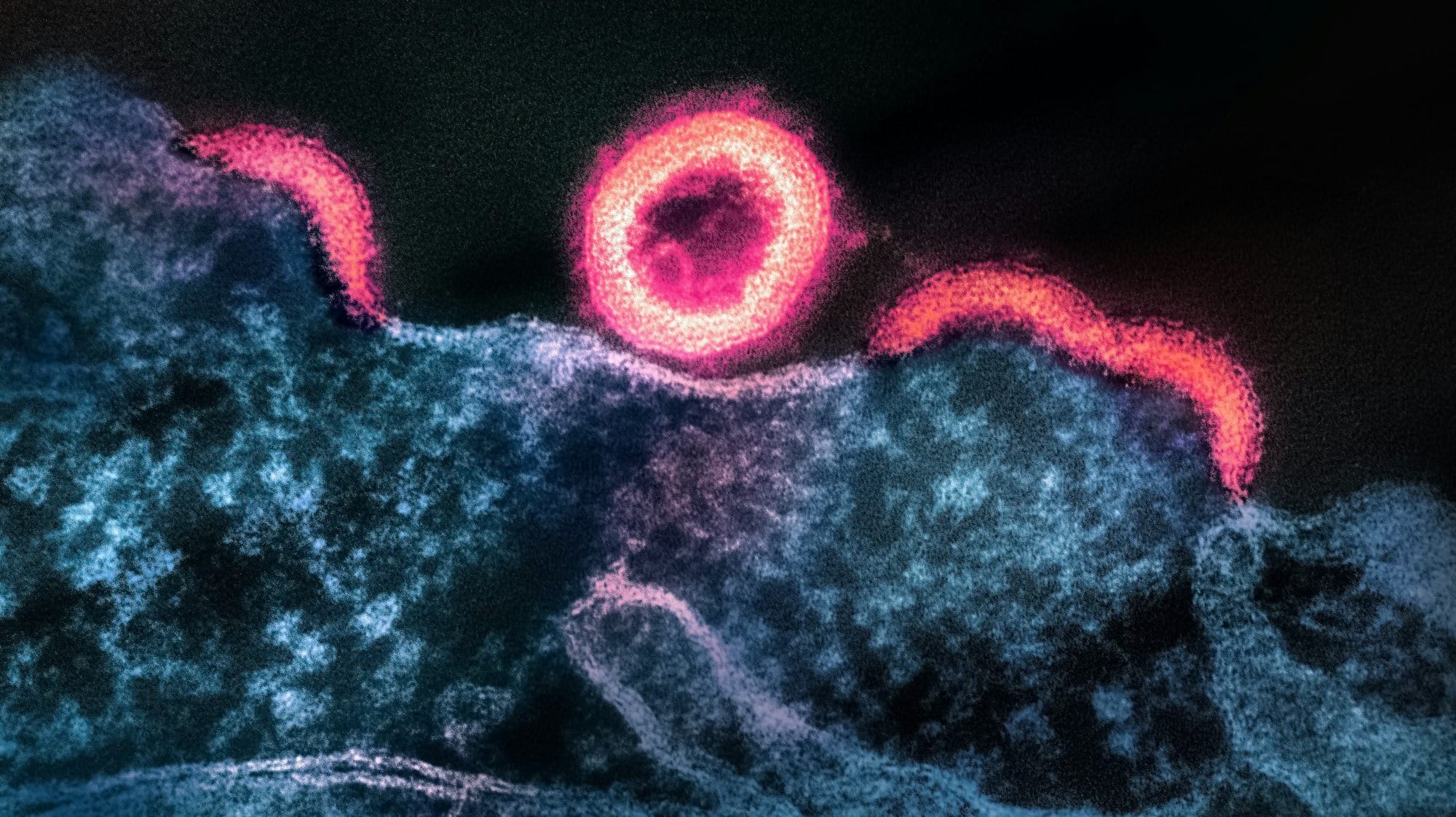
Jessica: Every technologist is assigned to a bench for that day. It is your duty to finish the workload for that day. Specimens that come in are plated and then incubated overnight so they are not usually worked on until the next day depending on the type of culture. We are a 24/7/365 lab. So, there is a continuous flow of work. Where ever you are assigned to work that day, you work until you are finished with your allotted cultures. No one comes to relieve you. Sometimes you finish early and can help other areas that are busy, sometimes you stay late until all your work is done. Every day is different and that is what I like about the job.
Wanda: My responsibilities as a Medical Pathology technologist working for the Molecular Epidemiology lab is first of all make sure my work colleagues work in a safe environment. As a safety officer I take this very seriously. Make sure that everyone is wearing proper PPE and keeping aseptic techniques while working. Every week each technologist rotate what we call benches. In the Molecular Epidemiology lab we have the culture bench where we do screening for VRE and MRSA; another bench is the C. Auris PCR bench where we perform C. auris screen by PCR technology. Also, we perform 16/18s sequencing and VRE strain typing by Next Gen sequencing. Currently, we have been working on the validation for 16s ITS metagenomics by Next Gen sequencing which will eventually replace some steps that we do when we work on the 16/18s bench station.
Jessica: Why does it take so long? LOL. Bacteria are living things and sometimes they don’t always follow the rules. This can take extra time for the bacteria to grow and be identified correctly. Then we test them against antibiotics and that can be quite complicated with extra testing to make sure the results are correct. Microbiology does have some quick turn around times but there are very few stat tests.
Wanda: Some of the questions that we get frequently asked are: How do you manage and prioritize multiple samples with urgent turnaround times? What steps do you take to prevent cross-contamination in PCR assays? What do you do if sequencing data has poor coverage or low quality scores? How do you communicate complex molecular results to pathologists or clinicians? How do you handle stress during high-volume testing periods?
Jessica: I think for the most part we are confirming what the physician already suspects but there can be surprises that will change the course of treatment for the patient. Modern medicine with walk in clinics and emergency medicine has doctors treating patients empirically before they get the test results. Some physicians don’t even send a test in, they just treat with antibiotics. But if the patient is not responding to the treatment, the testing we do can have an impact on changing the course of treatment.
Wanda: I believe that we we do in the Molecular Epidemiology and Microbiology Laboratory is so important. Through the screening tests that we perform we help clinicians and the Infection Prevention department determine if there a possible transmission or outbreaks in a unit. With the type of testing we perform, we provide valuable information to our medical staff so our patients receive proper and accurate treatment.
Jessica: Be patient. Microbiology is not as fast as say chemistry. These tests are not all done on instruments that can spit results out in minutes. Bacteria takes times.
Wanda: I would have to say that every day is different. As a department we face different challenges; for example, if a particular media is on back order. We have to be proactive and take a different route so that it doesn't affect our patient's turnaround time. Also, I have to say that every organism reacts differently, especially if a patient has been under antibiotic treatment. It requires a level of patience and understanding from our clinicians and medical staff.
Jessica: The most memorable and most challenging experience must be working through the COVID pandemic. That was like nothing anyone in a laboratory setting had ever experienced before. I started working in microbiology in the early nineties at the height of the HIV pandemic but COVID was different. I think having the world shut down and the lab working vigilantly to get ahead of it, coupled by not knowing in the beginning how dangerous this virus was, so stressful. We were all scared but headed right into the storm to tackle it. Every technologist put their life on the line to do the testing here in the lab once it was developed. The testing platforms changed practically hourly. We all worked as a team to give the best possible results and I know I felt like the weight of the world was on our shoulders. I think COVID was the single most incredible thing to ever happen in microbiology. The virus was identified, a test for it was developed and deployed, then a cure/vaccine was created all within a year’s time of discovery. The timeline was so incredibly fast. I hope I never have to experience something like that again.
Wanda: My most memorable experience working as a Microbiologist was when the 2019 Covid pandemic happened. How all labs worked together and through a very scary and unknown times we made it through and we all were able to help so many patients. I truly feel so proud to work here at NMH because I have learned so much and every day, I fall in love more with my career choices.
Jessica: Working in the microbiology lab is such a rewarding career. There is great job security (people will always be sick and there is always a new emerging bacteria/virus causing problems), there is opportunities on all shifts, and you get to work in your pajamas (scrubs)! Microbiology is so very interesting and working with the pathologist makes it even more rewarding because you get to see the impact you are having in health care.
Wanda: I would like to give an advice to any student who might be interested in pursuing a career in Microbiology. To really have a open mind about everything on this field. To develop critical thinking and problem-solving skills. Because on a daily basis we do a lot of troubleshooting. It is so important to be a team player because our patients need it. Shadow a microbiologist, join a research project, or volunteer in a lab. Real-world exposure will help you decide which area excites you most.
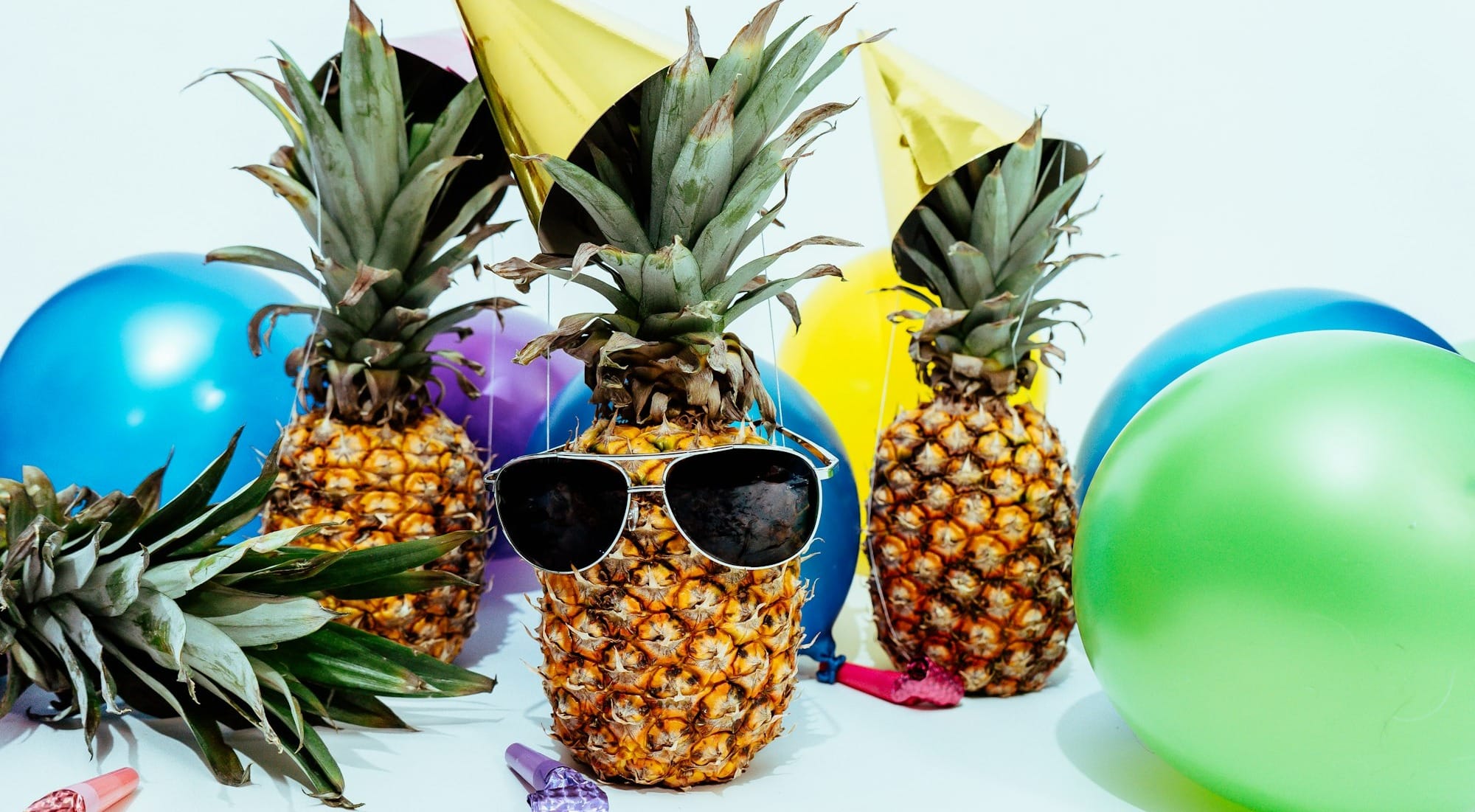
The following questions are meant to be fun and provide some insight into the culture and personality of these professionals!
Jessica: My favorite bacteria is Erysipelothrix rhusiopathiae because I like to spell it. But if I could be one, I would be Neglaria fowleri. I like knowing I am practically undetectable but I could kill you in an instant. Muuuuhhhahahahha.
Wanda: If I could be a microbe I would love to be P. aeruginosa; like Klebsiella pneumoniae, Pseudomonas aeruginosa is a commonly found bacterium that causes infections in people with compromised immune systems. Like Klebsiella pneumoniae, it’s particularly prevalent in hospitals.
Jessica: I love all things about TB and one of my favorite books is called The Remedy by Thomas Goetz. It is a book about the battle between Louis Pasteur and Rober Koch and the quest for the cure for TB. If these two scientists were around today the twitter war between them would be epic. They hated each other and this book really depicts that’s.
Wanda: One book that I would recommend to a friend will be first the Bible because it is certainly a life manual and second the book Outlive by author Peter Attia.
Wanda: Companies that I would like to be sponsored by would be Illumina because of that have been doing with Biotechnology and gene sequencing. And QIAGEN because this company offers solutions to detect diseases through genetic and protein markers.
Jessica: Paprika (like a burnt red). You are probably not going to use me that often but you are going to notice me in the box.
Wanda: If I would like to be a new crayon, I would love to be Enchanted evergreen. Green is my all-time favorite color. I love to grow in grace and knowledge as a human being and as a medical professional. Also, I love to be surrounded by peace; and green represents balance, growth, learning and harmony.


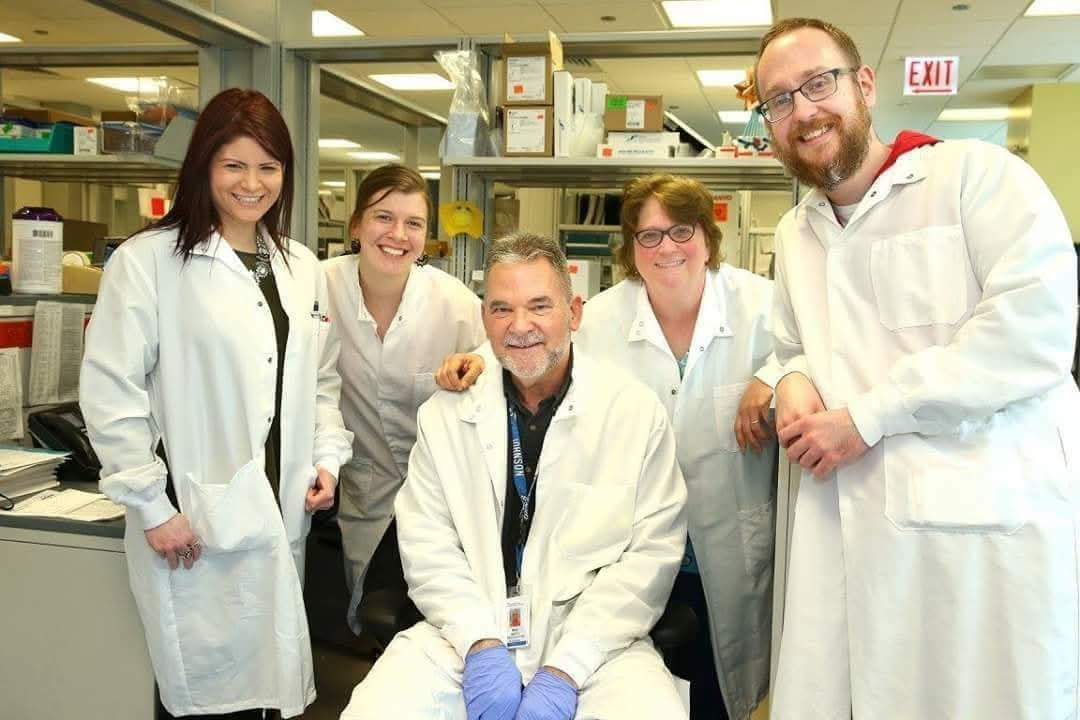
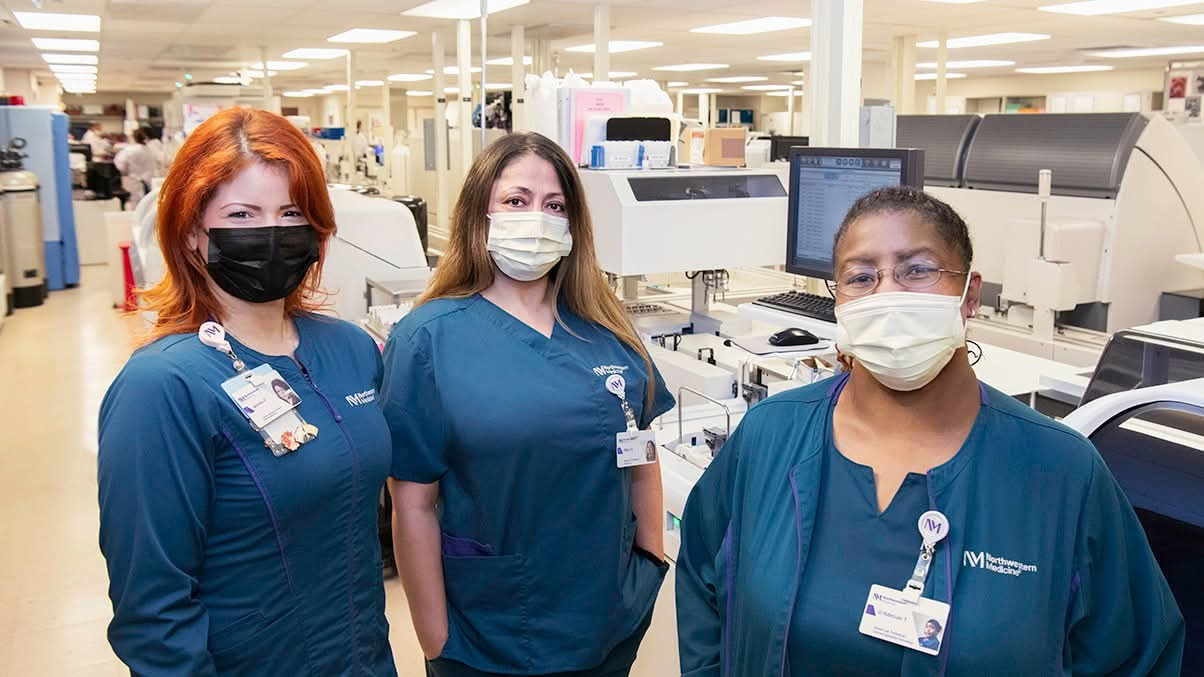
A HUGE thank you to Jessica and Wanda for taking the time to share their experiences working in the microbiology lab!
Interested in a particular "Day in the Life" experience? Comment what you would like to see below. We will use our network to bring your idea to life!

